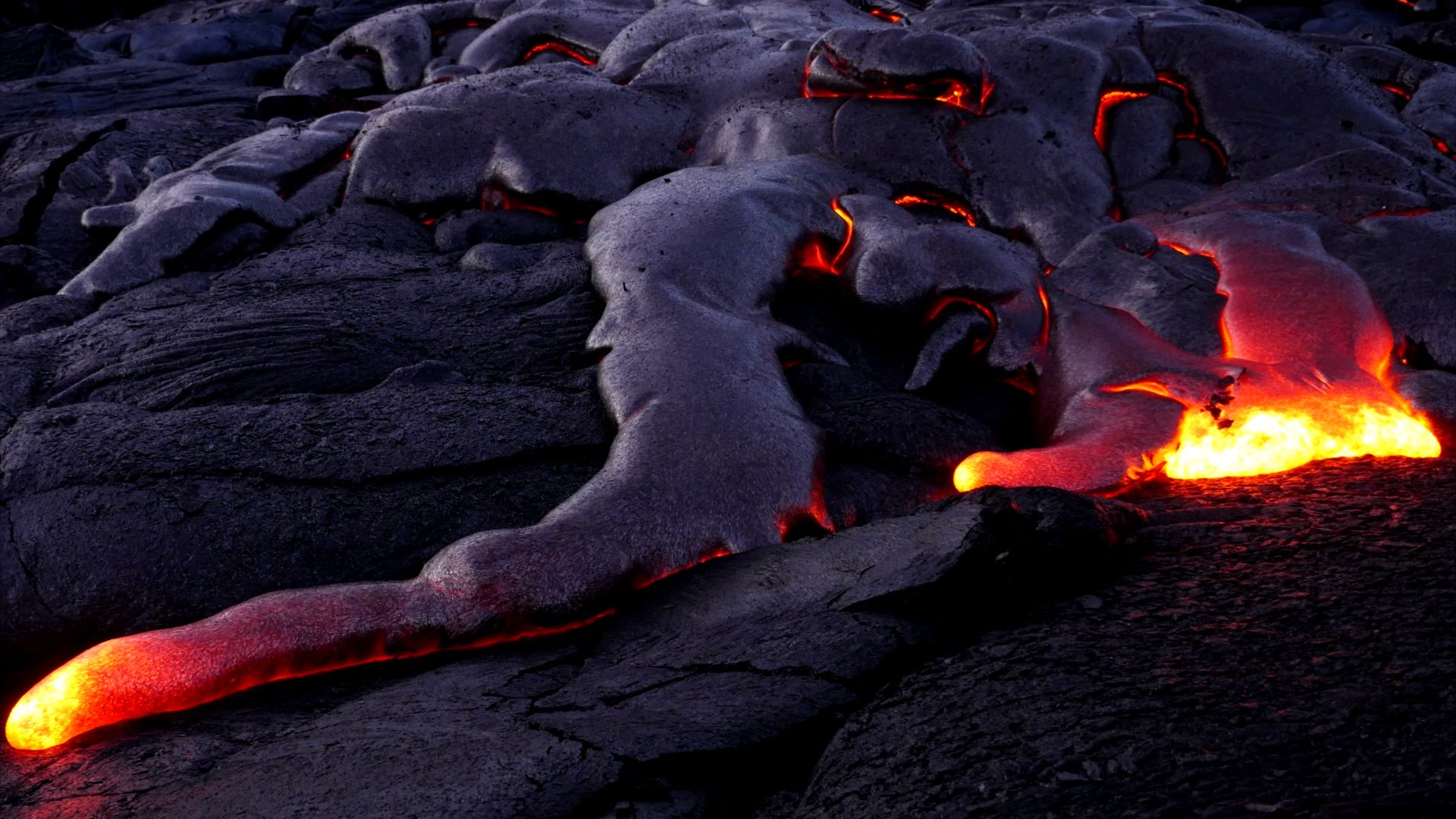| | | | | | | Presented By Stanford Medicine | | | | Axios Science | | By Alison Snyder ·Sep 16, 2021 | | Thanks for reading Axios Science. This week's newsletter is 1,558 words, a 6-minute read. | | | | | | 1 big thing: How aquatic food could serve us |  | | | Illustration: Annelise Capossela/Axios | | | | Fish, seaweed and other aquatic food from the world's oceans and freshwater could help reduce malnutrition around the globe, a major new assessment reported this week. Why it matters: The world is on two trajectories — the environment is being degraded and obesity and undernourishment continue to rise. - Those trends are fueled by resource-intensive food production and inadequate diets, underscoring the need for food systems that can deliver nutrition while minimizing further damage to the planet, researchers say.
- Blue foods — algae, seaweed, fish and other aquatic animals rich in micronutrients — that have been largely overlooked or lumped together by food policymakers could be part of the solution, researchers with the Blue Food Assessment write.
The big picture: "[W]ith aquatic foods, there are thousands of potential species with different nutrient profiles and environmental impacts," says Christopher Golden of the Harvard T.H. Chan School of Public Health and lead author of one of the papers published in Nature. - People's willingness to eat small nutritious fish like sardines or bivalves with a low environmental impact will play a big role in whether aquatic foods are leveraged for nutritional and environmental benefits, Beatrice Crona at the Stockholm Resilience Centre in Sweden, told the New Scientist. Crona co-wrote a paper that found demand for fish is already expected to nearly double by 2050.
Key takeaways: A new database quantifies omega-3 fatty acids, vitamins A and B12, calcium, iodine, zinc, calcium and other nutrients in 3,753 species of aquatic foods — an unprecedented level of detail. - The researchers, led by Golden, found bivalves like clams, as well as salmon, carp, and small fish like sardines, herring, and anchovies, are all more rich in those seven nutrients than beef, lamb, chicken, pigs and the other land-based animals at the heart of our food systems.
- They also found high growth in aquatic food production by 2030 — spurred by innovation and investment in farming aquatic foods — could lead to an 8% increase in production each year and a 26% decrease in price.
- More consumption of aquatic foods would prevent about 166 million people from not getting enough micronutrients, they write.
Some of the most nutritious aquatic foods also have fewer environmental impacts, according to a separate study led by Jessica Gephart, an environmental scientist at American University. - Bivalves and seaweeds, which don't have to be fed, and some fish — specifically sardines and cod — had the lowest impact on water and land use and on greenhouse gas, nitrogen and phosphorus emissions.
- But while nutrient-rich farmed carp and salmon have low emissions, carp farming uses the most water whereas salmon farming uses the least land and water among farmed fish. "We start to see tradeoffs," Gephart says.
Yes, but: Improving global nutrition through blue foods depends in part on aquaculture, according to the model by Golden, and aquaculture of some species currently carries other environmental costs. - Farming salmon, for example, has been tied to water pollution, the spread of parasites to wild fish and overfishing of sardines and other small fish that go into salmon feed, the New Scientist notes.
- Climate change also threatens the potential benefits of blue food systems, especially for wild-capture fisheries in Africa, south and southeast Asia, and small island states in the Indo-Pacific, a separate paper finds.
What they're saying: "These papers show the unmet potential the world's waters have in meeting at least some of our nutritional needs," Lawrence Haddad, executive director of the Global Alliance for Improved Nutrition (GAIN), tells Axios in an email. What to watch: How prominently blue foods are featured at the first United Nations Food Systems Summit next week. Go deeper. |     | | | | | | 2. Catch up quick on COVID-19 |  Data: New York Times; Chart: Kavya Beheraj/Axios The pace of new coronavirus infections in the U.S. is beginning to slow but deaths are still rising, and it's still too early to know whether schools might drive cases back up again, Axios' Sam Baker writes. A group of public health experts wrote this week that COVID-19 vaccine booster shots aren't necessary right now based on current evidence, Axios' Bob Herman reports. - Pfizer on Wednesday said they're warranted.
- What to watch: An FDA advisory panel will meet Friday to review clinical data about boosters of the Pfizer vaccine. Roger Pielke Jr. describes how the process has been politicized.
Pfizer said it may release vaccine data for children under the age of 5 by the end of October, CNBC's Berkeley Lovelace Jr. reports. |     | | | | | | 3. CRISPR goes to market — and beyond |  | | | Illustration: Aïda Amer/Axios | | | | The gene-editing tool CRISPR is moving toward the market, promising better tests, disease cures — and maybe even a woolly mammoth, Axios' Bryan Walsh writes. The big picture: CRISPR is already a historic scientific achievement, but we're just now entering the moment when it will begin to impact patients and possibly the planet. Driving the news: The San Francisco-based CRISPR startup Mammoth Biosciences — whose co-founder Jennifer Doudna shared a Nobel Prize for chemistry last year for her role in discovering the gene-editing tool — announced $195 million in funding late last week, valuing it at more than $1 billion. How it works: CRISPR — which stands for Clustered Regularly Interspaced Short Palindromic Repeats — are bits of genetic code that bacteria have evolved to locate and destroy viruses. - Mammoth first focused on using the tool to develop diagnostic tests for diseases by programming CRISPR sequences to seek out a particular stretch of RNA or DNA in a virus.
- The relative ease of programming CRISPR opens up the possibility of cheap and accurate tests that could diagnose multiple pathogens simultaneously. That's one reason why the company received funding from the Defense Department in January to develop a point-of-care test that could detect up to 10 pathogens at once, as well as a larger, lab-based test that could detect up to 1,000.
- Mammoth has also received funding from the NIH to scale up a disposable, handheld COVID-19 test.
What to watch: Another new company wants to use gene editing for an even more audacious goal: bringing back an extinct animal. - This week, the startup Colossal launched with a plan to use CRISPR to add 60-plus genes from the extinct wooly mammoth into the cells of an embryo of an Asian elephant, the mammoth's closest living relative.
- If Colossal succeeds, it plans to reintroduce the re-engineered mammoths to their original habitat in Siberia, which the company's co-founder, Harvard geneticist and CRISPR pioneer George Church, has argued could help reduce the release of CO2 from the rapidly warming tundra.
The catch: Colossal faces major scientific challenges — including building an artificial womb that can gestate a 200 lb. hybrid mammoth fetus — as well as ethical questions about whether it's humane to bring back and set loose a long-extinct animal. - Go deeper: A new company aims to bring back the woolly mammoth (NYT)
|     | | | | | | A message from Stanford Medicine | | Learning from the global response to COVID-19 | | |  | | | | Join Stanford Medicine and Stanford Graduate School of Business for The Pandemic Puzzle: Lessons from COVID-19, a free, virtual series bringing together experts across health care, business, and government to discuss the global response to COVID-19. Register for free. | | | | | | 4. Worthy of your time | | Women less likely to win major research awards (Clare Watson — Nature) Pioneering gene therapy freed her of sickle cell. Is a cure at hand? (Gina Kolata — NYT) 'Neurograins' could be the next brain-computer interfaces (Emily Mullin — Wired) Flying by the fat of the sea (Amorina Kingdon — Hakai) |     | | | | | | 5. Something wondrous |  | | | Lava flows down towards the coast in Hawaii in September 2016. Photo: Marc Szeglat/Barcroft Media via Getty Images | | | | Magma inside "hotspot" volcanoes may be modified just a few kilometers below Earth's surface in a process that triggers a volcano to erupt, according to a new study. Why it matters: The findings could help to improve volcanic eruption warning systems. How it works: Heat from deep within the Earth's mantle melts rock that pushes through the crust to form hotspot volcanoes like those in Hawai'i and the Canary Islands. - Earlier research suggests the magma in these volcanoes comes from about 60 kilometers, or 37 miles, beneath the Earth's surface.
- But volcanologist Teresa Ubide Garralda of the University of Queensland in Australia and her colleagues report this week in Geology that magma in hotspot volcanoes may be modified roughly 15 kilometers, or 9 miles, below the surface in a process that triggers an eruption.
What they did: Crystals inside volcanoes can absorb elements like magnesium from the magma as it erupts and change its chemical composition: it becomes less dense and more enriched with gas that then pushes the magma toward the surface. - The crystals in volcanic rock samples can then mask the actual composition of the magma — a key clue about its origins — so the researchers compared volcanic rocks with and without crystals from El Hierro volcano in Spain's Canary Islands.
- They found the magnesium composition of the magma alone is lower than that containing crystals.
- Using thermodynamic models, they then found "the sweet spot" of about 15 kilometers where the magma is 5% magnesium — and the gas content is high enough to build pressure to propel the magma to the surface.
The intrigue: Then they compared the composition of the magma to that in rocks from hotspot volcanoes around the world and found they are similar, suggesting that there may be a common mechanism in these types of volcanoes, Garralda says. What to watch: Volcanoes are monitored by tracking magma movement through indirect measurements like earthquakes and gas coming out of the crater, and comparing them to past eruptions. - Garralda says the new finding could help target monitoring to look for seismic activity at the shallower "tipping point" depth.
- Right now, Garralda has her eyes on La Palma, a volcano in the Canary Islands where recent seismic activity at a depth of about 10 kilometers triggered a volcano warning today from authorities.
|     | | | | | | A message from Stanford Medicine | | Free virtual series on the global response to COVID-19 | | |  | | | | Join Stanford Medicine and Stanford Graduate School of Business for The Pandemic Puzzle: Lessons from COVID-19, a free, virtual series bringing together experts across health care, business, and government to discuss the global response to COVID-19. Learn more and register. | | | | Thanks to Annelise Capossela for this week's illustration and to copyeditor Jonathan Shikes. |  | | It'll help you deliver employee communications more effectively. | | | | | | Axios thanks our partners for supporting our newsletters. If you're interested in advertising, learn more here.
Sponsorship has no influence on editorial content. Axios, 3100 Clarendon Blvd, Suite 1300, Arlington VA 22201 | | | You received this email because you signed up for newsletters from Axios.
Change your preferences or unsubscribe here. | | | Was this email forwarded to you?
Sign up now to get Axios in your inbox. | | | | Follow Axios on social media:    | | | | | |








No comments:
Post a Comment